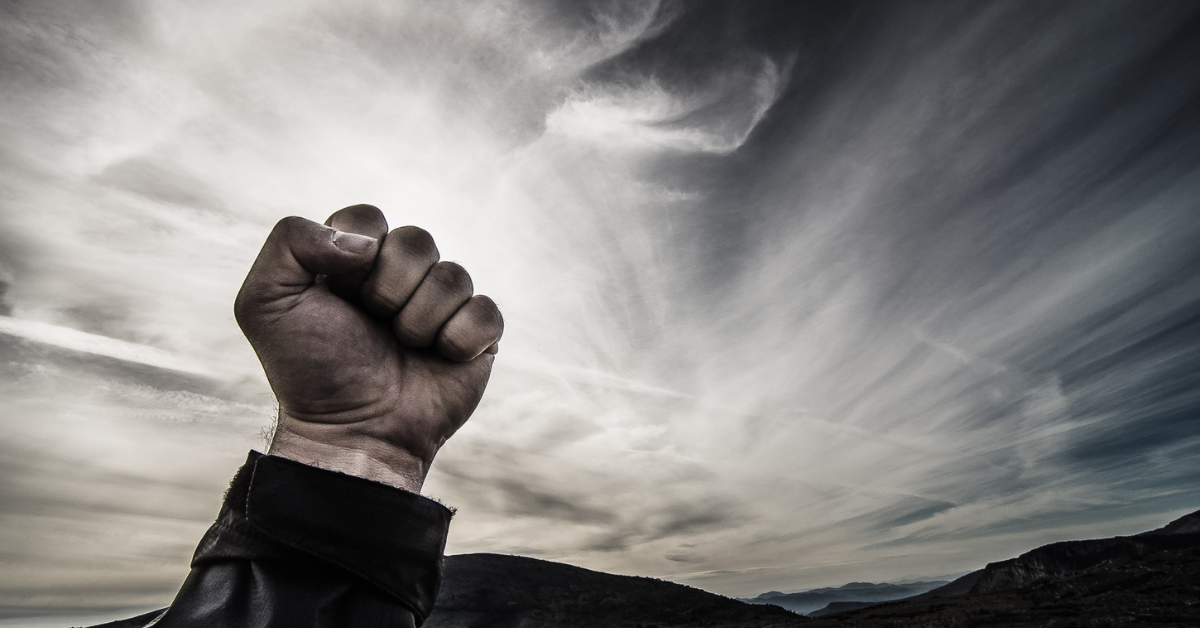Fist of the North Star is not just an action manga for Japanese readers—it is a cultural mirror that reflects deeply held beliefs about justice, strength, and human connection. To truly understand its impact, one must explore how the Japanese themselves view and interpret the story. This article unpacks those perspectives, offering insight into a uniquely Japanese reading experience.
What Is Fist of the North Star? A Unique Place in Japanese Culture
Serialized from 1983 to 1990 in Weekly Shonen Jump, Fist of the North Star quickly became a cultural phenomenon in Japan. Set against a backdrop of social uncertainty and rising inequality during the pre-bubble era, the manga’s focus on “mercy” and “love” in the midst of violence resonated strongly with Japanese readers.
The iconic phrase “You are already dead” remains embedded in Japanese pop culture, appearing in commercials, variety shows, and even daily conversations. For Japanese audiences, this line represents not just fatalism, but a sense of resolve and justice. The character of Kenshiro reflects core samurai values—quiet strength, discipline, and self-sacrifice.
Why Japanese Readers Find It So Appealing
Japanese readers praise the series for its emotional and philosophical depth. The combination of Buronson’s storytelling and Tetsuo Hara’s bold art style left a profound impact. The detailed depictions of muscular forms, explosive techniques, and dramatic expressions illustrated a raw sense of masculinity and power rarely seen in other series.
The following table summarizes key elements of the manga that Japanese readers particularly appreciate:
| Evaluation Axis | Description |
|---|---|
| Artistic Intensity | Hara’s detailed illustrations elevate the impact of every battle scene |
| Memorable Lines | Words are used sparingly but with weight, leaving a lasting impression |
| Character Design | Each major character embodies distinct convictions and complex moralities |
| Narrative Structure | Themes of love, betrayal, vengeance, and redemption weave a human tale |
Japanese readers especially admire Kenshiro’s stoic strength—his ability to act without bravado, choosing justice over glory. His emotional restraint represents a traditional ideal of strength: not one that seeks to dominate, but one that protects.
Why It Became a Social Phenomenon
The manga’s influence extended far beyond the printed page. It was adapted into anime, films, video games, pachinko machines, and merchandise—creating a brand recognized across generations.
| Media Adaptation | Overview |
|---|---|
| TV Anime | Broadcast from 1984 to 1988, it became a weekend staple for families |
| Movies | Known for intense visuals and musical impact |
| Games & Pachinko | Action-packed mechanics attracted even non-readers |
| Merchandise | Figurines, apparel, phone accessories, and more helped boost visibility |
Through these developments, Fist of the North Star transformed into a trans-generational cultural brand in Japan.
Contemporary Reappraisal and Popularity Among Young People
The manga has recently experienced a revival. Millennials and Gen Z are discovering Fist of the North Star through social media, especially on TikTok and YouTube, where iconic quotes and character imitations are trending. This reappraisal reflects deeper social interest in values like clarity of good and evil, purpose of strength, and true compassion.
| Generational Trends | Common Interpretations |
|---|---|
| Showa Era (1945–89) | Nostalgic fans who see it as a moral compass from their youth |
| Heisei Era (1989–2019) | View it with new appreciation as adults recognizing its narrative depth |
| Reiwa Era (2019–) | Embrace the visual style and iconic lines through modern meme culture |
This demonstrates that the manga’s message continues to be relevant across generations.
The Life Philosophy Embedded in the Manga
Japanese readers don’t simply enjoy Fist of the North Star for its action scenes. They see it as a philosophical exploration of human nature, power, love, and fate. The series raises essential questions like “Why do we fight?” and “What does it mean to protect someone?”
| Philosophical Theme | Interpretation from a Japanese Cultural Viewpoint |
|---|---|
| Power with Responsibility | Strength is not for destruction, but for protecting the weak |
| Unconditional Love | Kenshiro’s unwavering love for Yuria mirrors Japanese values of loyalty |
| Defiance of Fate | Raoh’s struggle against destiny reflects the samurai spirit |
| Bonds and Trust | Relationships resemble family-like ties, deeply rooted in Japanese culture |
These themes align closely with Bushido ethics, Buddhist ideas of karma, and Confucian family values.
Conclusion
Fist of the North Star is more than a fighting manga. For many Japanese readers, it serves as a mirror to life’s core values—how to live with honor, how to love deeply, and how to face adversity.
Its questions have no single answer, which is why readers of all ages can take something different from it. That universality is the true power of the series.
| Evaluation Axis | Summary |
|---|---|
| Emotional Impact | Characters’ struggles resonate deeply with readers’ personal lives |
| Linguistic Power | Memorable quotes have entered everyday language and media |
| Cultural Influence | The manga influenced not only pop culture but societal discourse |
| Timeless Relevance | Even in the Reiwa era, it continues to captivate new generations |






